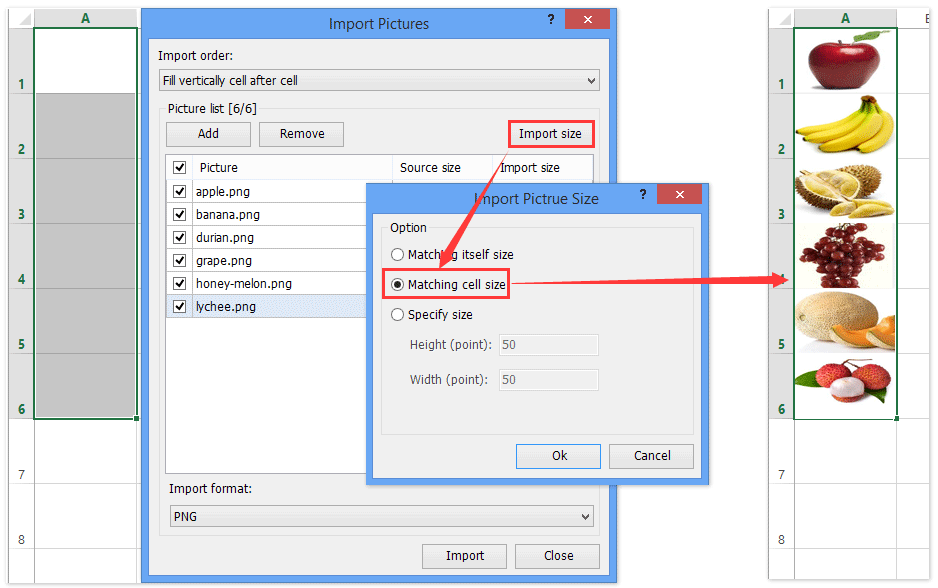1.Excel for MAC does not support PowerPivot. Consequently, any pivot table having source data based on the Excel Data Model will be unfilterable if the spreadsheet is opened by a MAC user.
And Office loves Mac. We’re committed to delivering the power and simplicity of Office in an experience designed specifically for Mac, and we continue to make significant investments in the platform. Today, we’re excited to announce that Office 365 is now available on the newly redesigned Mac App Store.
2. So will be any pivot table, that was created via the 'Import from Microsoft Access Database' option as Excel for MAC does not support OLEDB connections, either.
It does work for ODBC connections, though, so this may be your workaround..
3. Excel for MAC does not support Pivot Charts. As a result, they will no longer be interactive and change simultaneously with their source Pivot Table but remain static screenshot-like graphs
4.Pivot table value filters on Excel for Mac can only be applied to the left-most value field. There's no option to apply a value filter that has been placed in second or further position in the pivot table.
5. Field Calculation Types are limited on Mac. % of Parent Row Total and % of Parent Column Total are not available
6. If you're accustomed to using workbook and worksheet events for triggering your VBA routines, you're in for a disappointment - none of these will execute on MAC.
7. Speaking of VBA codes, I cannot but mention that the VBA editor on Excel for Mac 2016 is in a very sorry state compared to its Windows counterpart:

(a) 'Properties' window is missing
(b) So long about developing VBA User Forms
(c) Gone are the days when you could easily import or export your VBA codes collection, too
An add-in enhances or works with Office 2011 for Mac software in some way. Add-ins are sometimes called plug-ins or add-ons. Here are three examples of excellent commercial-quality add-ins that work with Mac Office:
EndNote (www.endnote.com): A high-end bibliography product for Microsoft Word.
MathType (www.dessci.com/en/products/MathType_Mac): The full version of Equation Editor that’s included in Office. It lets you put mathematical symbols in Word, Excel, and PowerPoint.
TurningPoint (www.turningtechnologies.com): Use clickers to capture audience responses in real time and present the results on PowerPoint slides. This software is used in classrooms, quiz shows, marketing studies, and more.
Many add-ins made for Office for Windows can work on your Mac, so be sure to check their system requirements. Almost all add-ins can be made Mac-compatible with a little effort, but you may have to request the developer of a nonfunctioning add-in to make that extra effort.
You can put add-ins anywhere in Finder. If you want to make an add-in available to all Mac OS X user accounts on a computer, put them into Applications:Microsoft Office 14:Office:Add-Ins. The Documents folder is a good place to put add-ins to be used by a particular OS X user account.
A few commercially produced add-ins are installed using the Mac OS X installer program. Because making an installer is an art of its own and takes extra time and effort on the add-in developer’s part, you install most add-ins manually using the Add-Ins dialog in Office.
A Word add-in is a template file that contains VBA (Visual Basic Editor) code. You can add such a template to the Templates and Add-Ins dialog. In PowerPoint and Excel, an add-in has a special file extension and is not necessarily a template.
| Application | New Add-In File Extension | Old Add-In File Extension |
|---|---|---|
| Word | .dotm | .dot |
| Excel | .xlam | .xla |
| Excel macro enabled template | .xltm | .xlt |
| PowerPoint | .ppam | .ppa |
| PowerPoint macro enabled template | .potm | .pot |
To open the Add-Ins dialog, here’s what you do:
Word: Choose Tools→Templates and Add-Ins.
Excel and PowerPoint: Choose Tools→Add-Ins.
Word, Excel, and PowerPoint: Click the Developer tab on the Ribbon and then click Add-Ins→Add-Ins.
When you have the Add-Ins dialog open, you can do the following simple tasks to add, remove, load, and unload add-ins: Download free vmx jinstall vmx 14.1r1.10 domestic relations.

Load: Same as selecting the check box next to the add-in’s name. Loading also runs the add-in. (Available only in Excel and PowerPoint.)
Unload: Same as deselecting an add-in’s check box. Unloading disables the add-in. (Available only in Excel and PowerPoint.)
Add: Click to open the Choose a File browser, where you can browse to an add-in template in Finder and add your add-in to the list.
Remove: Click to remove the selected add-in from the list.
In Word, when you select an add-in’s check box or click the Add button, you load the template, thereby making the VBA routines that it has available globally within all open documents in Word. A loaded template is called a global template. Revisit the Templates and Add-Ins dialog to re-load your template(s). To disable an add-in, deselect its check box or click the Remove button.
Excel and PowerPoint add-ins are also loaded and unloaded using check boxes. When you close Excel or PowerPoint, add-ins that were loaded at closing reload themselves when you reopen the application.